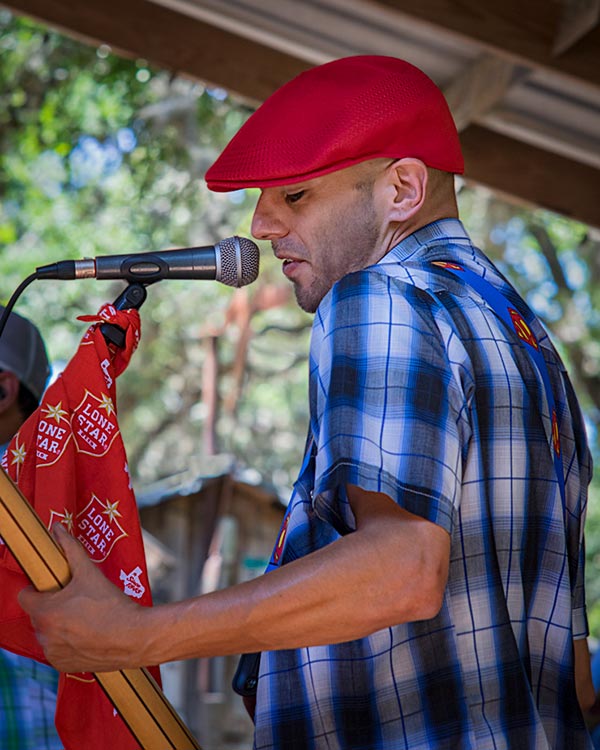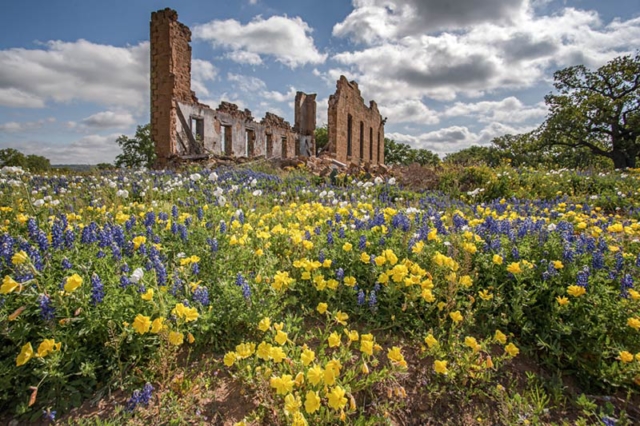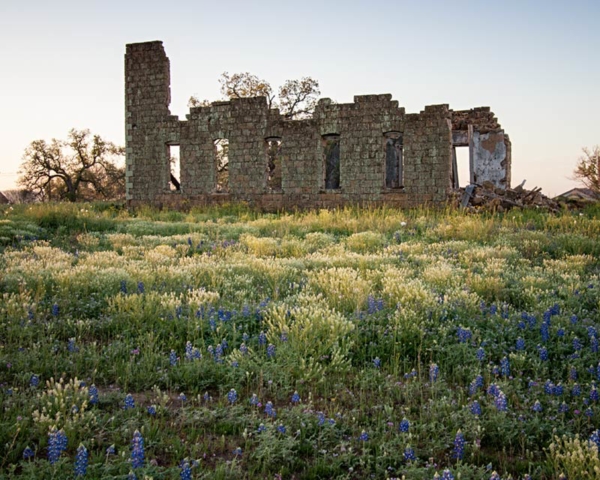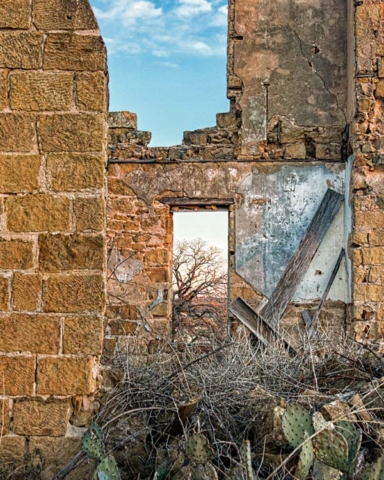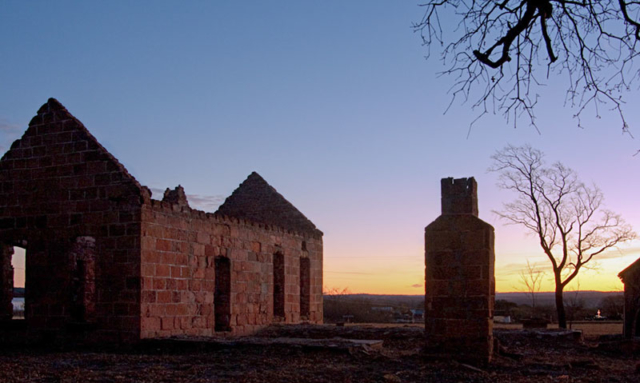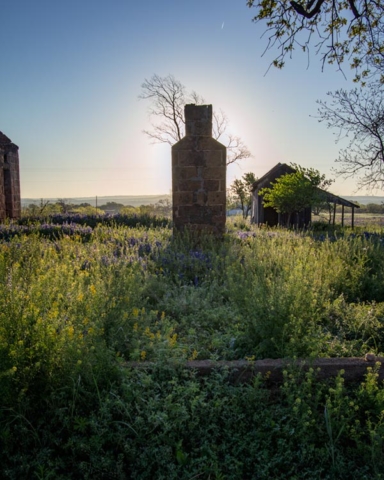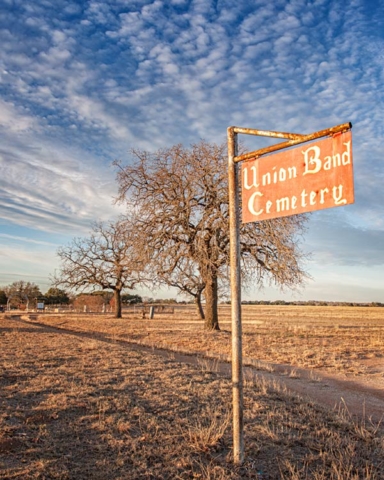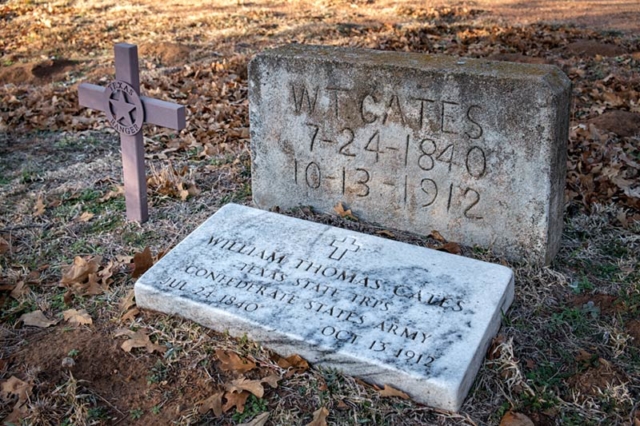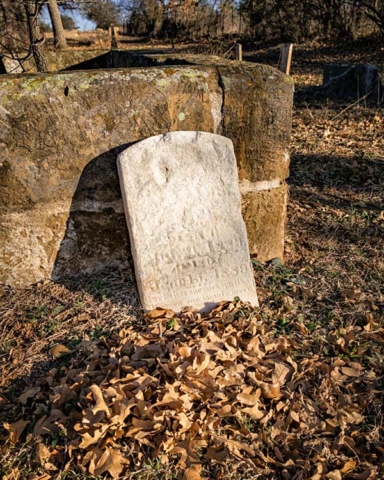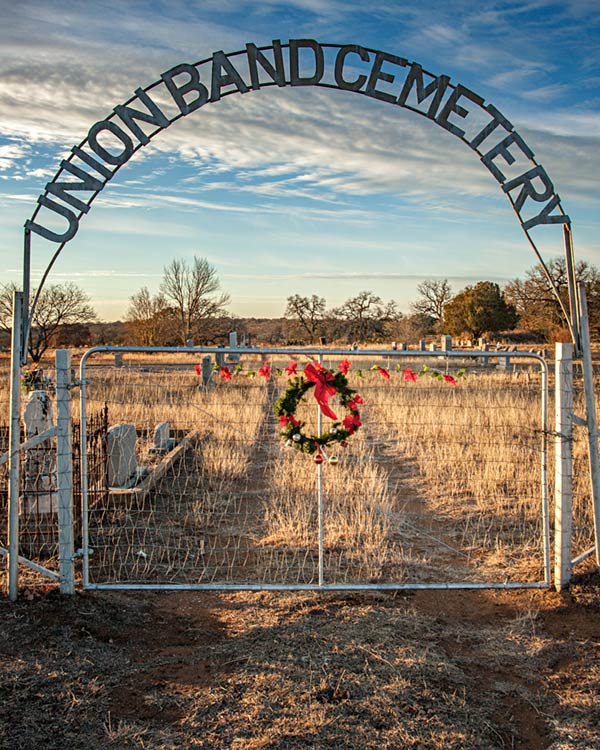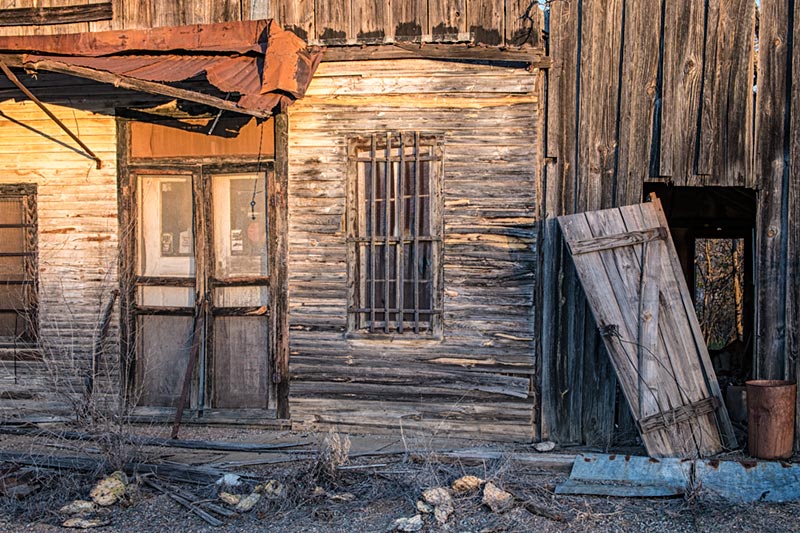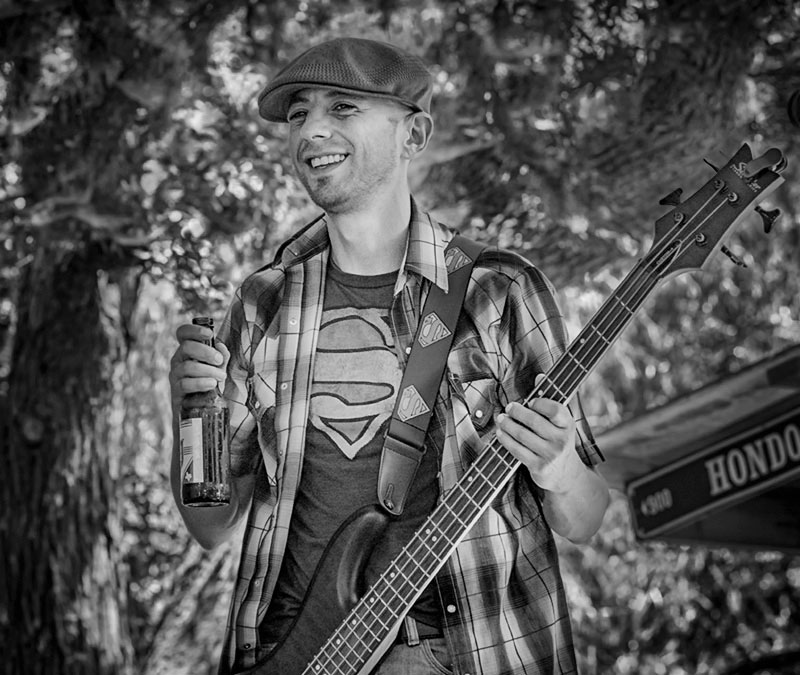
“I suppose it is tempting, if the only tool you have is a hammer, to treat everything as if it were a nail.” – Abraham H. Maslow
An often heard cliché is that the camera is just a tool in the hands of a photographer. That is true as long as the photographer can come to terms with a particular camera to use it as a tool. I may have reached that point with the Sony A7II.
Of course the camera as tool encompasses both body and lenses. That complicates things when using legacy lenses because the two were not designed to work as a system. Finding the right match of body and lens requires some work on the part of the photographer. There is at least a little luck and intuition involved as well. This is particularly true if you have limited experience with legacy glass. I am in that category.
All of this makes me reluctant to say that I’ve found the right tool for my year long photography project. The camera body is indeed excellent but the lenses are a work in progress. With only four lenses, three of which were purchased several years ago, I can’t say that I have the right lenses. How do you know if they are the right lenses?
Being pragmatic at heart and trying not to be a gearhead my approach is to shoot with what I’ve got. Given the results so far this seems to be a reasonable if not optimal approach. As I get deeper into the project a time may come when purchasing additional lenses will make sense. Until then I’ll muddle along using my current glass.
Best to remember that my project is to shoot the A7II for a year using legacy lenses while spending the least amount of money. As long as the images look good I’ll stick with what I have in the bag.